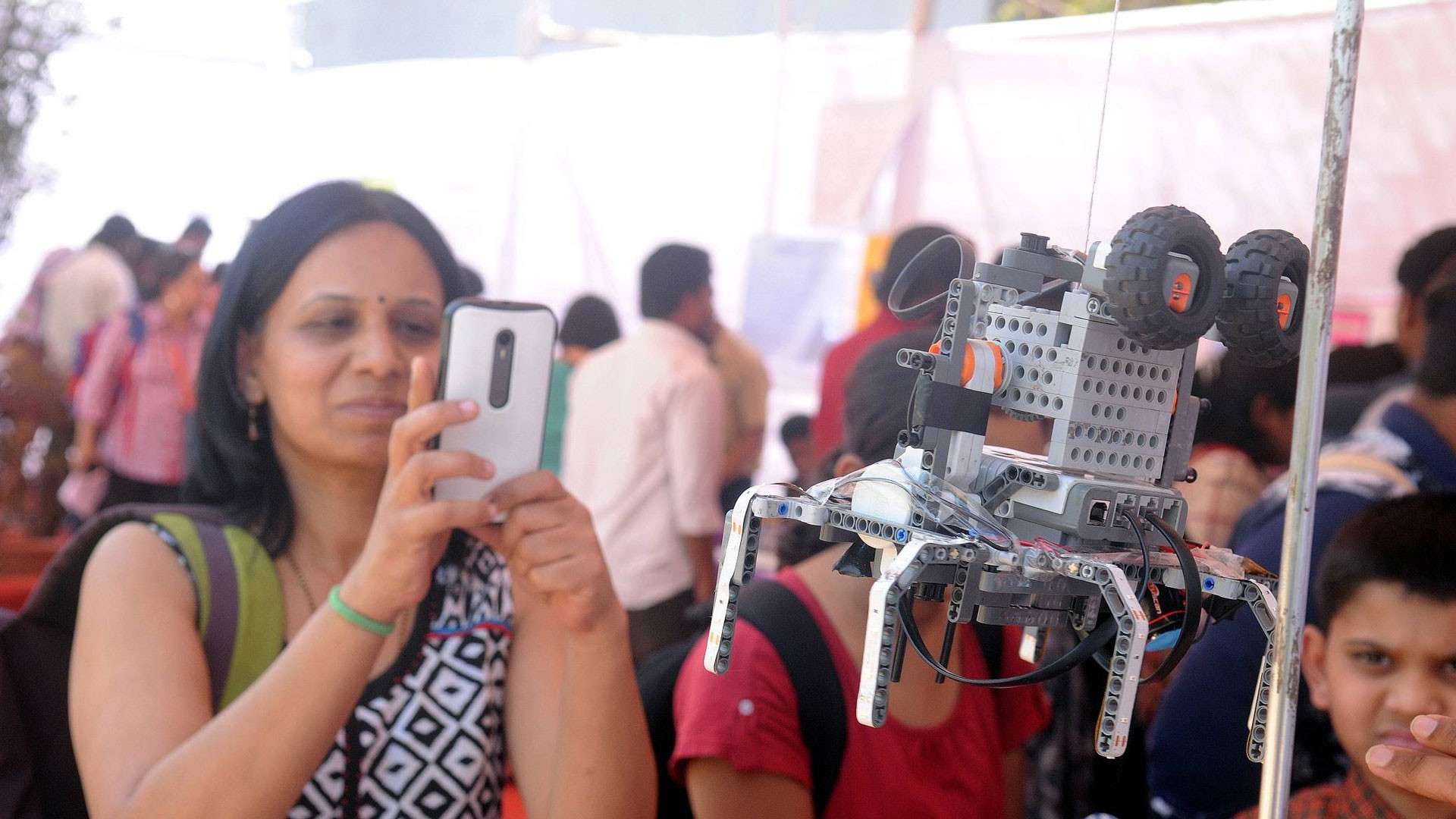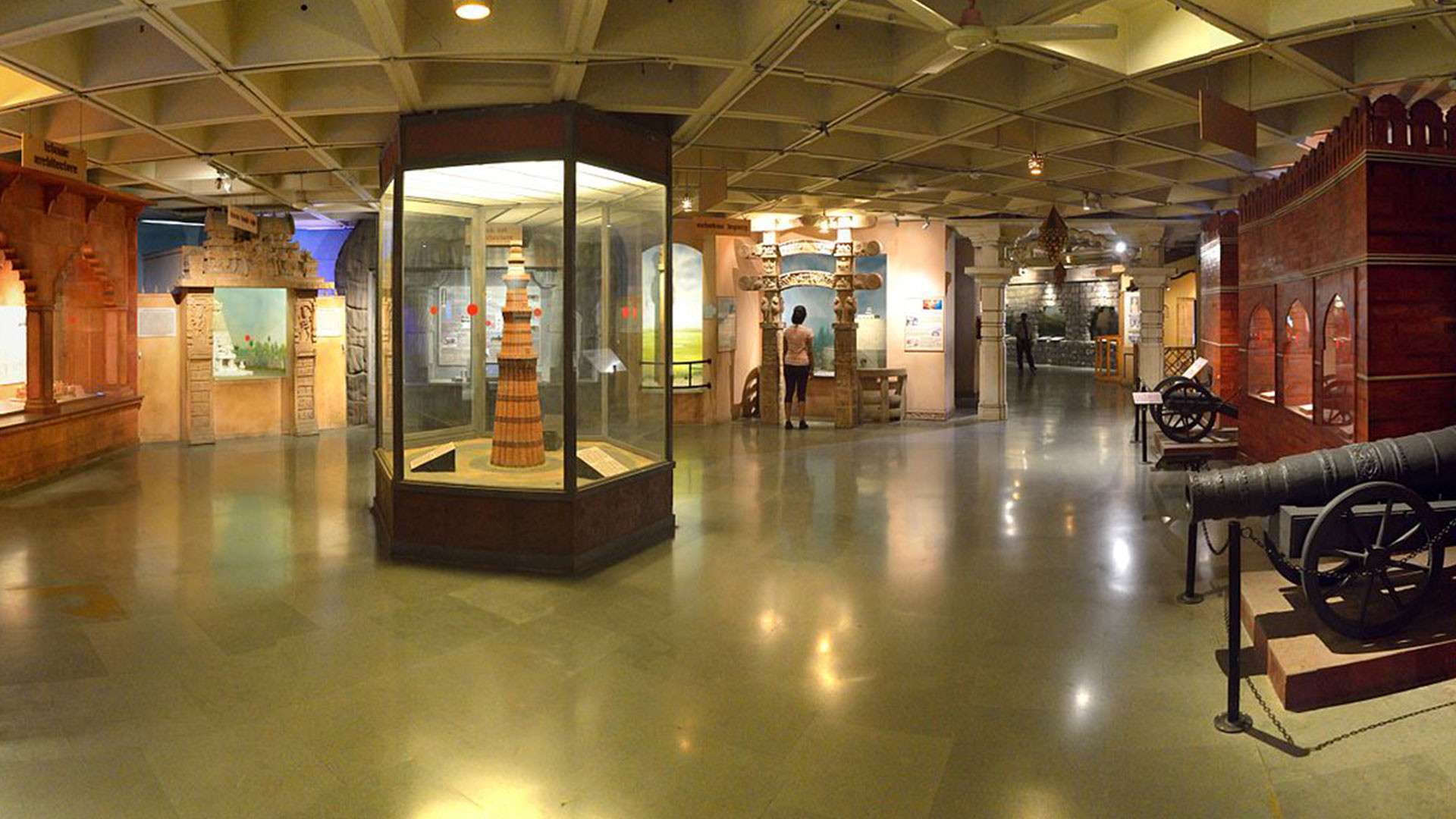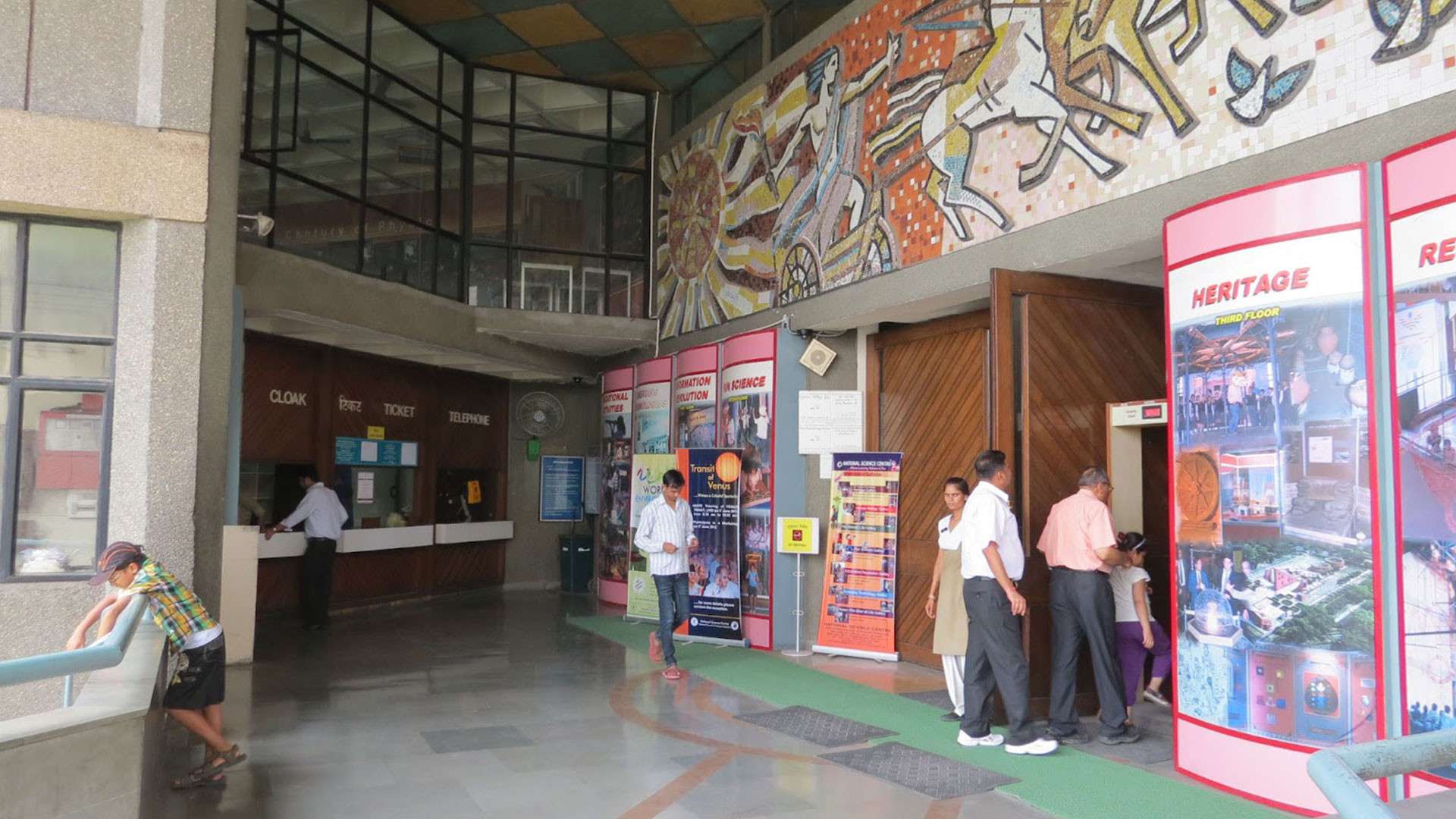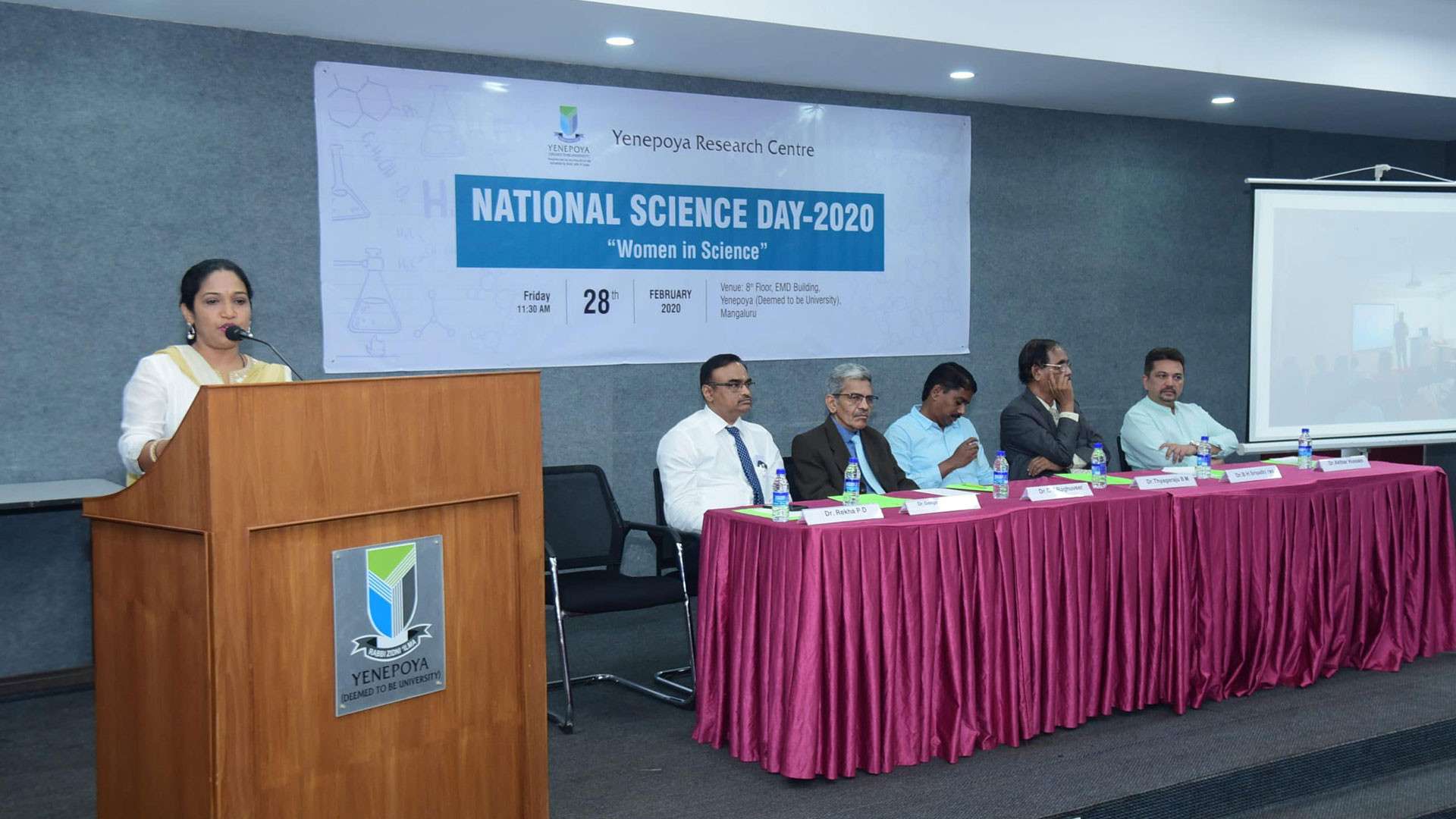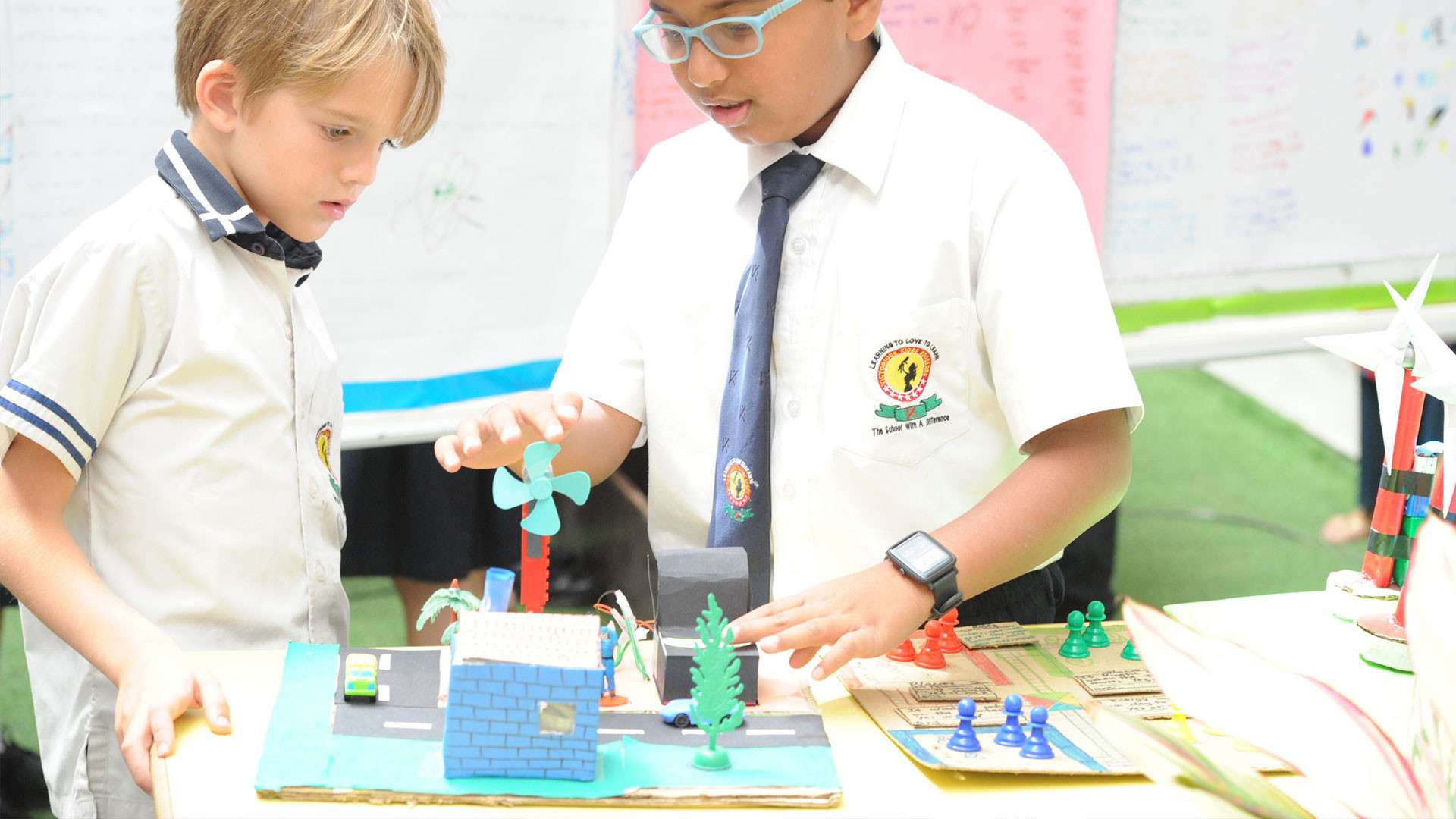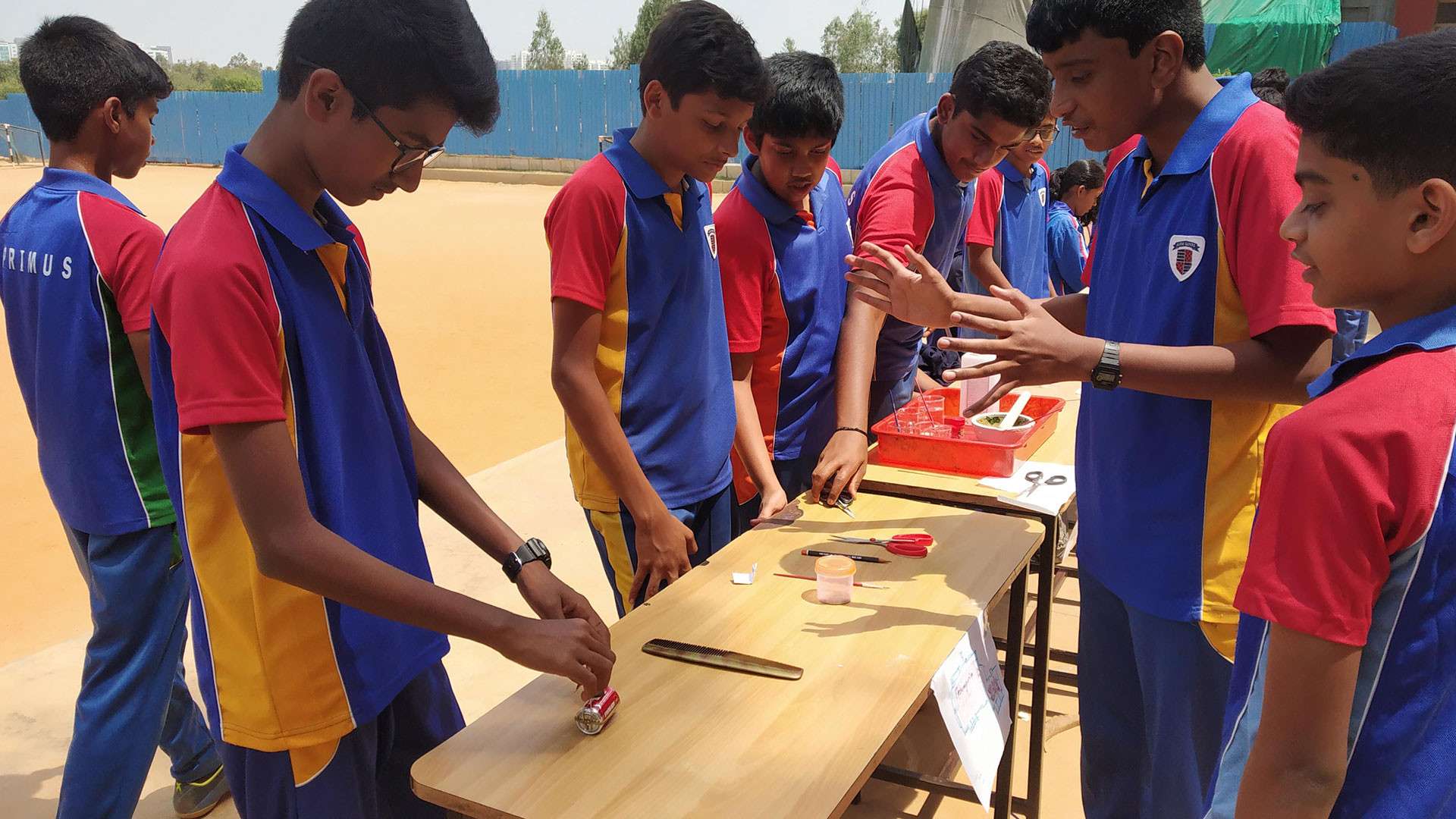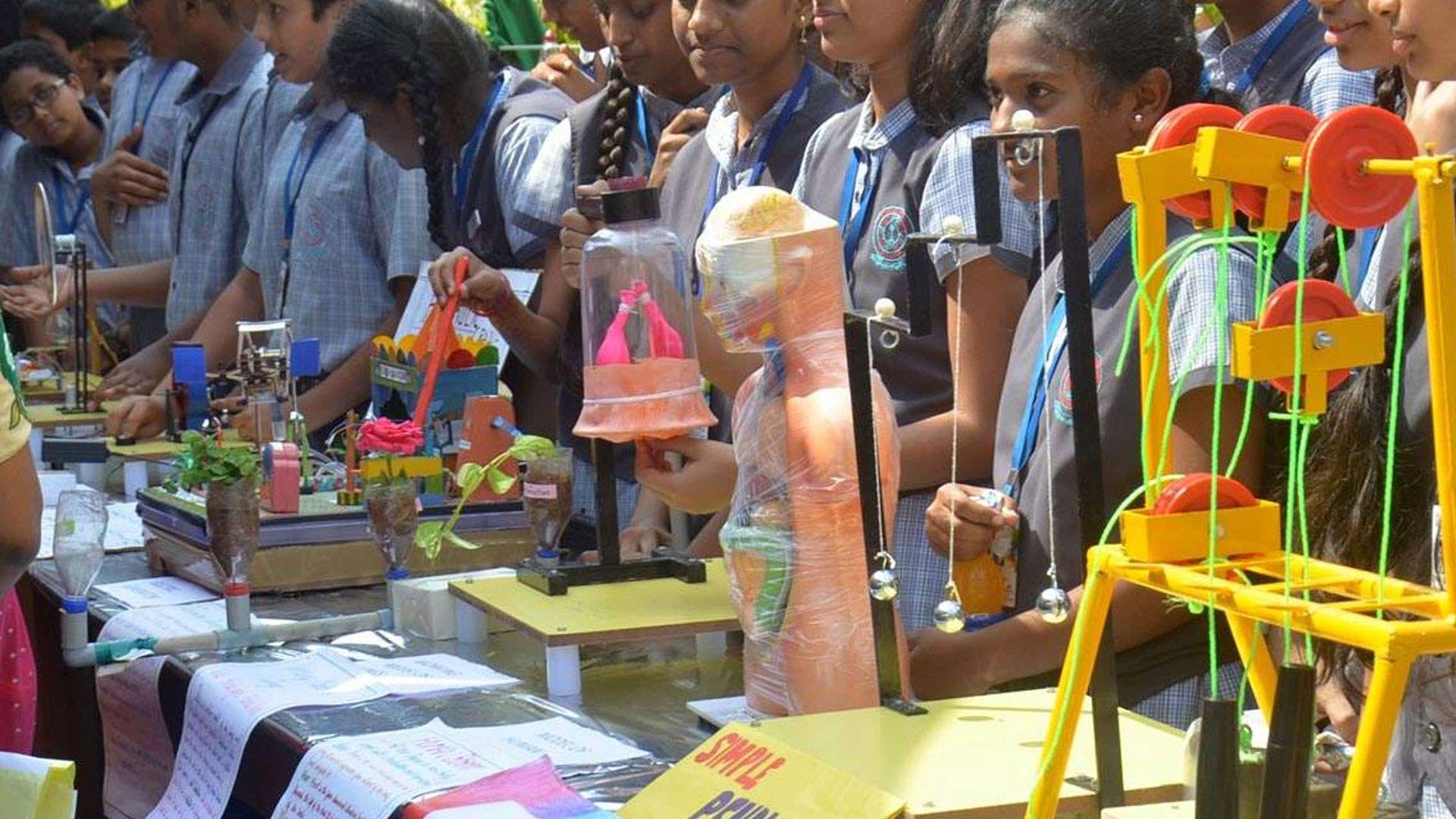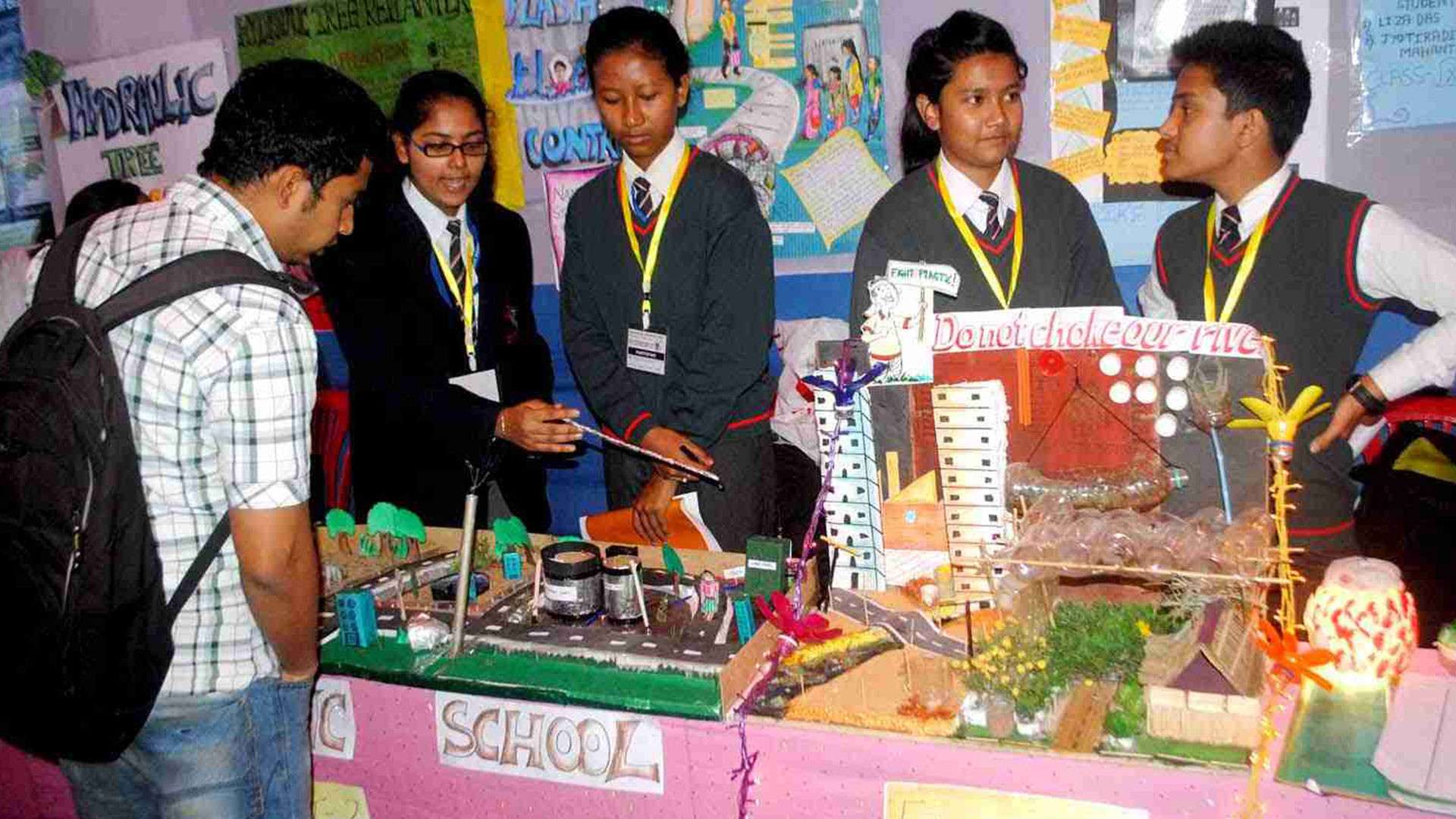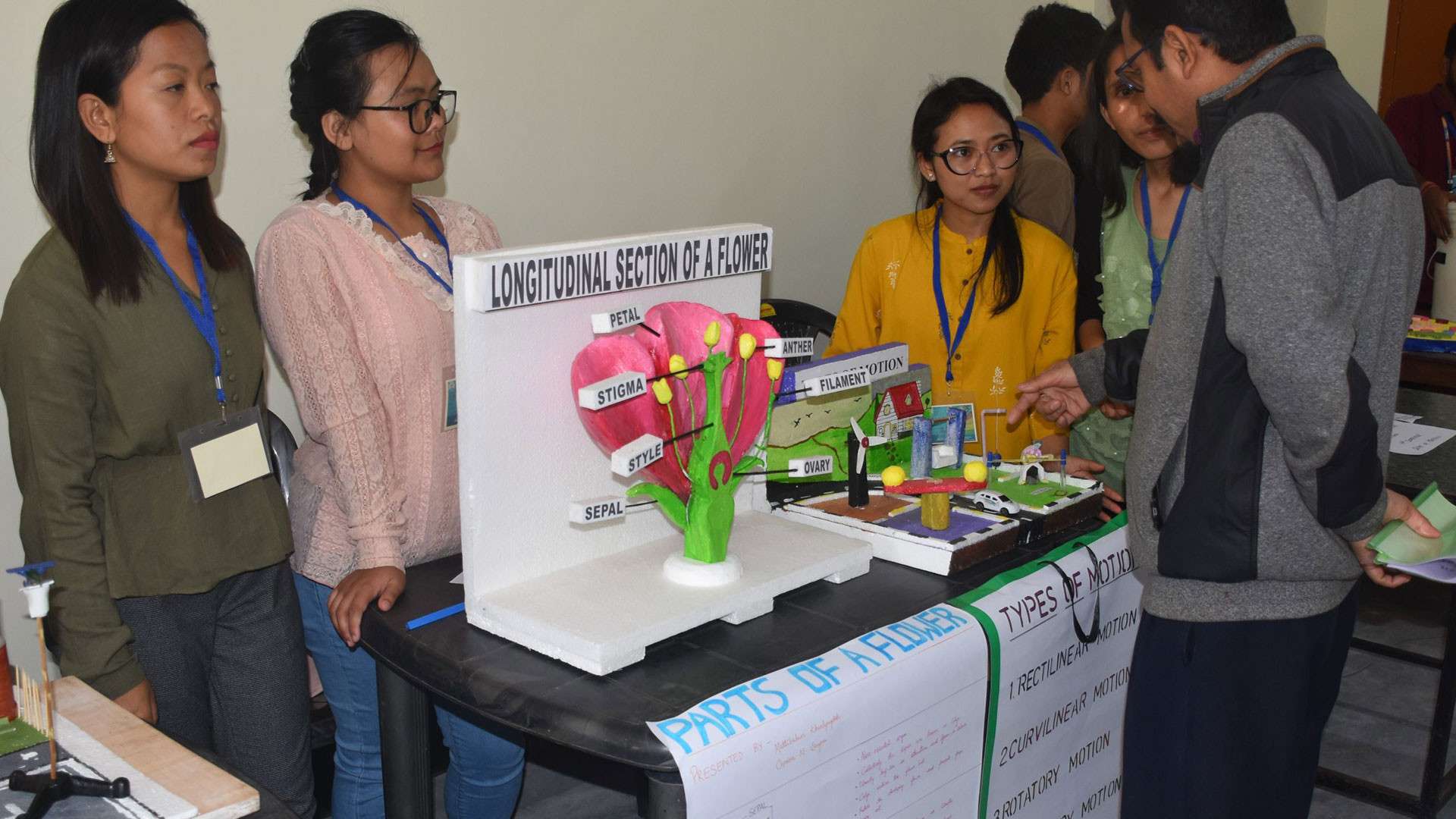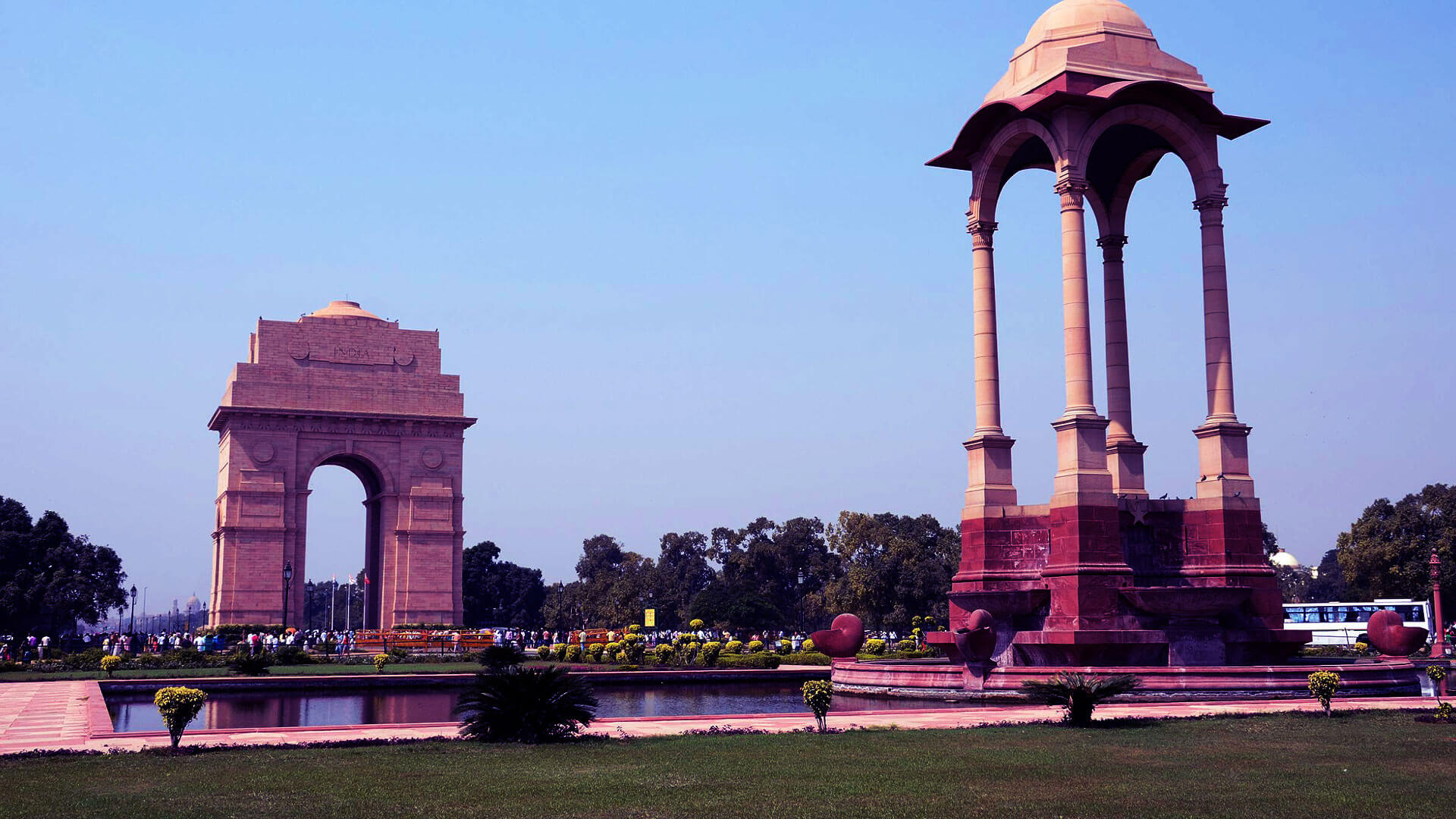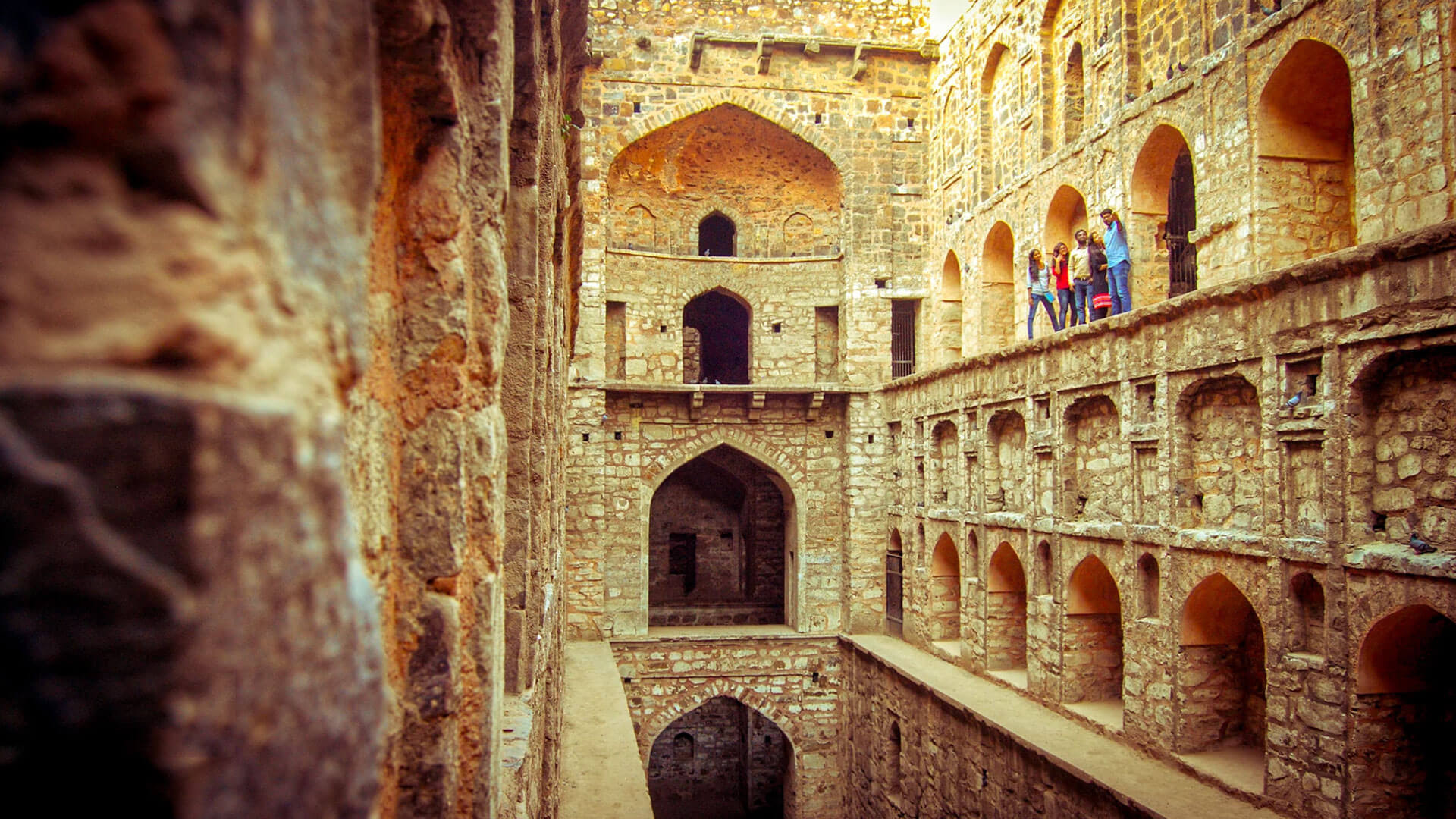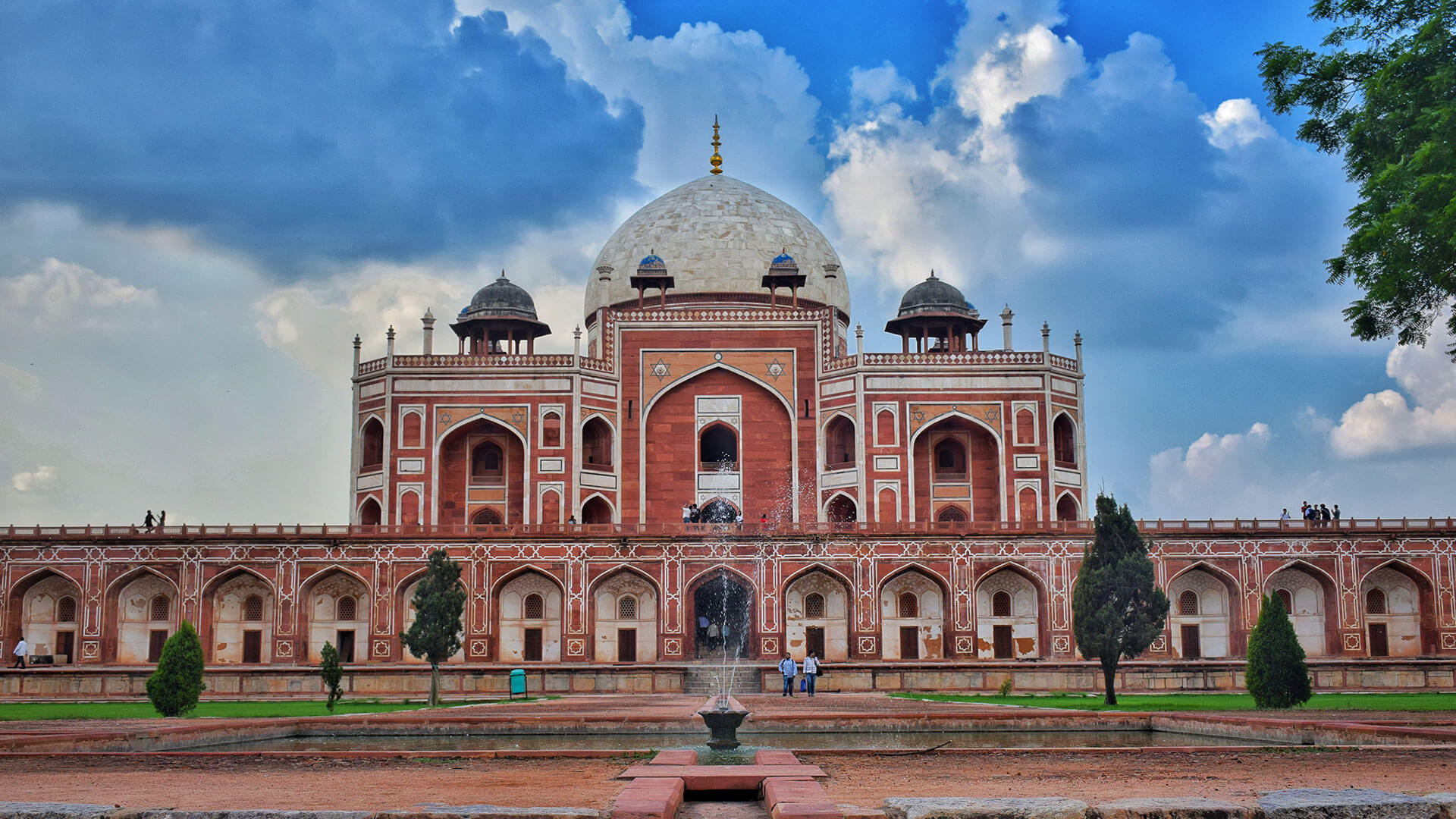National Science Day, observed on February 28th in India, commemorates the discovery of the Raman Effect by Sir C.V. Raman in 1928. This pivotal moment in science marked India's global recognition in the field. The day serves as a tribute to the scientific prowess of our nation and promotes the importance of scientific research and innovation. It's a time to reflect on the contributions of Indian scientists and inspire future generations to delve into the wonders of science.
National Science Day sparks curiosity, celebrates knowledge, and underscores the vital role science plays in shaping our world and fostering progress. So, keep reading to know more.
Date & Venue of National Science Day 2024
National Science Day is celebrated every year on February 28th, honouring the discovery of the Raman Effect. The event will take place at various venues across India, engaging communities in scientific exploration and celebrating the nation's rich contributions to the world of science.
What is the Raman Effect?
The theory of the Raman effect states that when a wave of light specifically comes out of a liquid, it becomes scattered in a direction that is different from the direction of the incoming light wave.
Fundamentally, his research showcased why the colour of seawater looked blue to the human eye. In essence, it is all about understanding the flexible distribution of photon particles.
History of National Science Day
It was in 1986, that the National Council for Science and Technology Communication requested the Indian Government to designate February 28 as the National Science Day.
Then, in February 1987, i.e., on the first National Science Day, the NCSTC announced the annual distribution of National Science Popularization Awards to candidates for their outstanding efforts in the field of science communication.
Major Attractions of National Science Day
1. Celebrations in Institutions
This event is celebrated annually in each and every school, college, and universities along with several other academic, medical as well as scientific institutions. These celebrations generally include public speeches by government officials and leaders, science exhibitions are organized based on various scientific themes and concepts. Debates, competitions, lectures along with various other activities are also held on this day.
2. Theme-Based Celebrations
Every year, this event is celebrated with the backdrop of a particular science theme. For instance, the theme of 2018 was Science and Technology for a sustainable future; for 2019, it was Science for the People and the People for Science; and in 2020, the theme for the event was ‘Women in Science’. This year, the occasion was marked with a lecture by the first woman FRS of India, Professor Gagandeep Kang. Along with that, the Indian President Mr. Ram Nath Kovind distributed awards to women scientists for their scientific achievements under the following categories.
- SERB Women Excellence Awards
- National Award for Young Woman Showing Excellence through Application of Technology for Societal Benefits
3. Objectives of National Science Day Celebrations
The main aim of honoring this day is to basically spread a message in society about the importance of science with regards to human welfare and success. Along with that, it is commemorated to discuss new ideas, and the development of creative and innovative technologies as well.
How to Reach Delhi
To reach Delhi you will need to travel an approximate distance of 1,427, 2,171, 1,516, and 1,580 km from Mumbai, Bengaluru, Kolkata, and Hyderabad respectively. Here are the details on how you can reach Delhi.
By Air
To reach Delhi, you will need to deboard at Indira Gandhi International Airport (DEL). Delhi is extremely well connected via air routes to several major and remote towns and cities. Many renowned air carriers operate to and fro with good flight connectivity. From the airport, you can easily take a cab, auto, bus, or metro to cover about 12 km to reach Vigyan Bhawan.
- From Coimbatore - Board IndiGo flights from Coimbatore Airport. The air tickets price starts from INR 5,000- INR 6,000
- From Guwahati - Board IndiGo, Spicejet, Vistara flights from Guwahati Airport. The air tickets price starts from INR 4,000 - INR 5,000
- From Cochin - Board IndiGo, Spicejet flights from Kochi Airport. The air ticket price starts from INR 4,000 - INR 5,000
By Train
Depending upon your comfort and budget, you can also plan a trip to Delhi via train. You can consider deboarding at the New Delhi Railway Station, Old Delhi Railway Station, or Anand Vihar Terminus.
While they all are considered as the major railheads of the capital, New Delhi and Old Delhi stations are the prime railway stations with overall very good train connectivity with other Indian cities. These stations also remain quite busy throughout the year with a great footfall of passengers. From both these stations, Vigyan Bhawan lies at a distance of hardly 10-11 km, thus, as you deboard at either of the stations, you can easily find a cab or auto to reach here.
- From Jaipur - Board Swarna J Raj Express via Jaipur Junction and deboard at New Delhi Railway Junction
- From Indore - Board Malwa Express from Indore Junction and deboard at New Delhi Railway Station
- From Ajmer - Take Swarna J Raj Express via Ajmer Junction and deboard at New Delhi Railway Station
By Road
Depending upon your location, you can travel to Delhi by motorable and easily accessible roadways. For this, you can book state or private-run buses online at fairly affordable rates from nearby cities. You can also book a taxi or rely on your own vehicle.
- From Jaipur - 273 km via NH48
- From Amritsar - 450 km via NH44 or NH52
- From Agra - 231 km via Taj Express Highway or Yamuna Expressway
You can plan your trip and create your own route to the city with Adotrip’s technically driven circuit planner. Click here.
Conclusion
National Science Day is a special time when we celebrate the wonders of science in India. It's a day to remember the brilliant discovery of the Raman Effect and appreciate the contributions of scientists. By promoting curiosity and knowledge, National Science Day encourages us to explore the amazing world of science. Let's continue to embrace the spirit of discovery, inspiring future generations to reach new heights in the fascinating realms of scientific exploration.
You can plan your trip and create your own route to the city with Adotrip’s technically driven circuit planner. Click here.
Frequently Asked Questions About National Science Day
Q.What is the significance of National Science Day?
A. National Science Day commemorates the discovery of the Raman Effect, showcasing India's scientific achievements and promoting the importance of scientific research and innovation.
Q. Who discovered the Raman Effect?
A. The Raman Effect was discovered by Sir C.V. Raman, an eminent Indian physicist, in 1928. This groundbreaking discovery earned him the Nobel Prize in Physics in 1930.
Q. How can individuals participate in National Science Day activities?
A. Interested individuals can attend science exhibitions, lectures, and workshops organised by educational institutions, research centres, and science-related organisations. Additionally, engaging in scientific discussions and exploring online resources are great ways to participate and celebrate the day.
Q. What is the theme for National Science Day 2024?
A. The theme for National Science Day 2024 revolves around acknowledging and celebrating advancements in various scientific fields, encouraging dialogue on current research, and inspiring future scientific endeavours.
Q. How is National Science Day celebrated across India?
A. Celebrations include educational programs, science exhibitions, lectures, and various activities aimed at engaging communities in scientific exploration and fostering a love for science.

